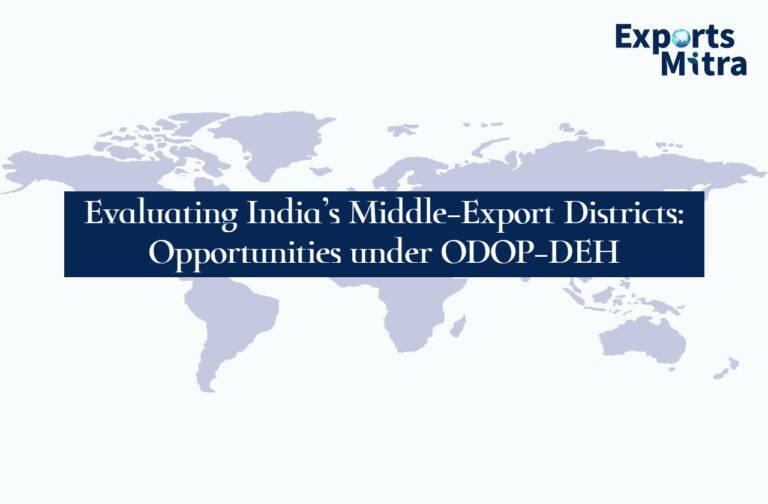Kenya, a burgeoning economic hub in East Africa, offers substantial export potential for international partners, particularly India. This article delves into the myriad opportunities presented by Kenya’s dynamic economy, highlighting sectors ripe for export and investment.
Economic Overview
Kenya is the largest economy in the East African Community (EAC), with a nominal GDP of USD 108.9 billion in 2023. Its strategic location, robust infrastructure, and significant natural resources make it an attractive destination for trade and investment. The country’s economy is driven by a diverse array of sectors, including agriculture, manufacturing, services, and technology.
Key Sectors for Export Potential
- Information and Communication Technology (ICT)
Kenya has emerged as a technological leader in East and Central Africa, particularly in broadband connectivity and mobile banking. The country’s ICT sector is set to account for up to 7% of the GDP through IT-enabled services. Investment opportunities abound in local consumer electronics assembly, business process outsourcing, digital banking platforms, data centers, and telecommunications infrastructure. The Kenyan government’s favorable policies and incentives make this sector highly attractive for foreign investors, particularly those from India.
- Healthcare
Kenya’s healthcare sector is expanding rapidly, driven by a growing population and the government’s commitment to achieving Universal Health Coverage (UHC). Investment opportunities include public-private partnerships to enhance infrastructure, medical tourism, pharmaceutical manufacturing, and the provision of specialized healthcare services. The healthcare market remains underserved, offering a substantial opportunity for Indian investors to bridge the gap and meet critical needs.
- Agriculture
Agriculture is a cornerstone of Kenya’s economy, contributing 22.6% to the GDP in 2022. The sector is characterized by rich agricultural land and favorable climatic conditions, making it ideal for various crops and livestock. Opportunities for export include tea, coffee, horticultural products, and livestock. Indian companies can explore investments in agro-processing and value addition to enhance the quality and marketability of these products.
- Manufacturing
Kenya’s manufacturing sector is focused on agro-processing, textiles, and consumer goods. The country’s vibrant and dynamic private sector is engaged in manufacturing activities that cater to both local and international markets. Indian investors can capitalize on this by establishing manufacturing units, particularly in textiles and apparel, which are key export commodities for Kenya.
- Tourism
Tourism is a significant contributor to Kenya’s GDP, buoyed by the country’s diverse wildlife and natural attractions. With the growth of the telecommunication sector and booming tourism, there are vast opportunities for investments in hospitality, travel services, and eco-tourism ventures. This sector offers excellent prospects for Indian investors looking to tap into the tourism market by developing infrastructure and services tailored to international tourists.
Trade and Investment Climate
Kenya’s strategic location and its role as a gateway to the East African region make it an ideal partner for trade. The government has implemented various initiatives to create a conducive environment for business, including the Kenya Vision 2030, which aims to transform Kenya into an industrialized upper-middle-income economy by 2030. The country’s commitment to improving its infrastructure, such as the construction of a 100,000 km fiber optic network, further enhances its attractiveness for investment.
Bilateral Trade Relations with India
India has been a significant trading partner for Kenya, with bilateral trade growing steadily over the years. Indian exports to Kenya include pharmaceuticals, machinery, textiles, and steel products, while Kenya exports tea, coffee, and horticultural products to India. Strengthening this trade relationship can lead to increased economic growth and mutual benefits.
Conclusion
Kenya presents a wealth of opportunities for exports and investment, particularly in sectors such as ICT, healthcare, agriculture, manufacturing, and tourism. Indian investors and exporters can leverage Kenya’s strategic location, robust economic growth, and favorable business environment to tap into this promising market. As Kenya continues to develop and diversify its economy, the potential for bilateral trade and investment will only grow stronger, making it an ideal partner for India in the East African region.
By exploring these sectors and building on existing trade relations, India and Kenya can forge a prosperous and mutually beneficial economic partnership.





